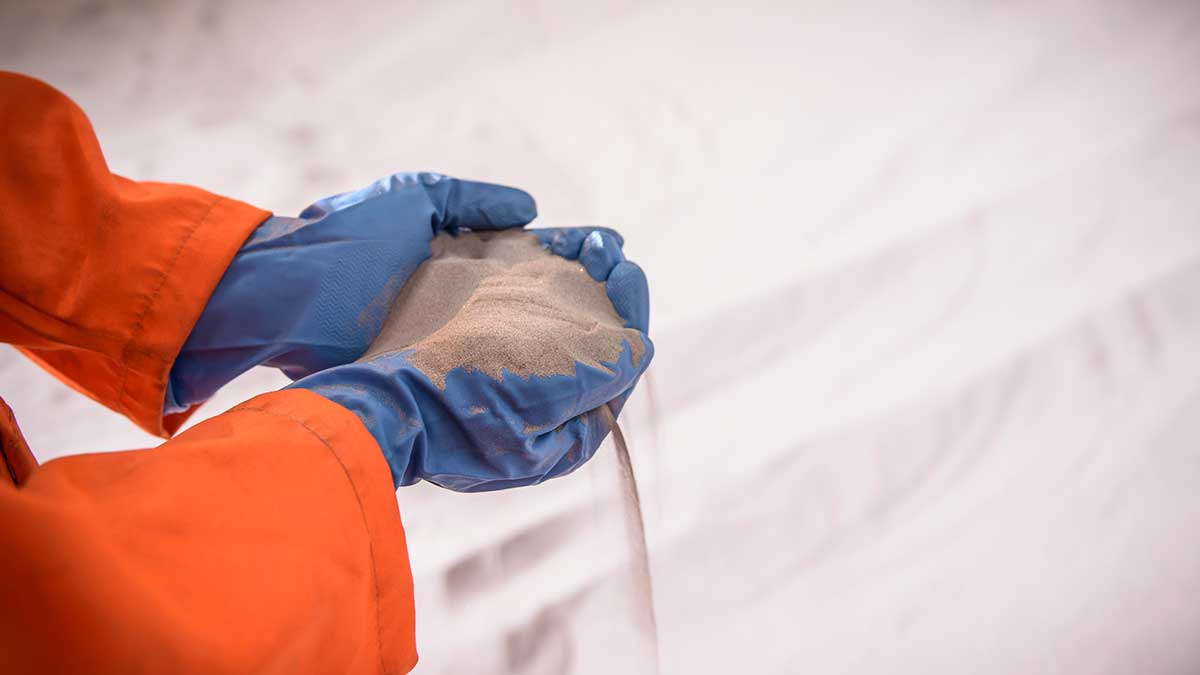Mineral sands could give regional Australia a leg up

Pic: Getty
Australia’s mineral sands deposits, possibly the largest in the world, offers big opportunities for economic growth and jobs in regional Australia post the COVID-19 pandemic.
Mineral sands are used in a range of applications, many of which are critical to the modern economy.
Rutile and ilmenite (titanium) are used in the production of paint, titanium metal and medical implants while zircon is used in ceramics, digital printing, dentistry and electrical components.
Additionally, smaller quantities of rare earth elements used in wind turbines, rechargeable batteries and hybrid cars are also produced from mineral sands.
And with 32 per cent of the world’s share of ilmenite, 62 per cent of rutile and 68 per cent of zircon, Australia is well positioned to play a key role in green technology supply chains as the world moves to a lower carbon economy.
In its report ‘Mineral Sands: From ancient oceans to modern technology’, the Minerals Council of Australia noted that with many rare earths operations predicted to span decades and each project expected to generate dozens if not hundreds of permanent direct jobs, the sector had the potential to have a positive effect on regional economies.
It added that the shallow depth of mineral sands deposits allowed them to be mined using conventional surface mining methods, while the use of the moving hole approach to rehabilitate the mined area ensured the area of disturbance was minimised.
Major mineral sands producer Iluka Resources (ASX:ILU) noted recently that despite the abrupt industry shutdown and subsequent drop in zircon demand from China during the first quarter, the rate at which zircon consumers were restarting operations was encouraging.
Iluka added that its high-grade titanium dioxide feedstock customers were reported to be running plants at normal capacity utilisation rates.
ASX small cap mineral sands companies
Strandline Resources (ASX:STA) is a step closer to finalising project funding for its flagship Coburn mineral sands project in Western Australia after independent expert reports reaffirmed its technical robustness.
The reports form part of the due-diligence and approvals process of potential lenders, including the Northern Australian Infrastructure Facility, are expected to pave the way for the company to complete debt and equity funding arrangements.
Last month, the company signed three sales contracts, covering two-thirds of the project’s forecast revenue for the first five years of production, with leading consumers across Europe, America and China.
The definitive feasibility study shows that Coburn could generate revenue of $3.9bn, earnings of $1.9bn, a pre-tax net present value (NPV) of $551m and an internal rate of return (IRR) of 32 per cent over the first 22.5 years.
NPV and IRR measure the expected profitability of proposed projects.
Payback is also expected within 2.2 years from the start of production.
Earlier this month, Astron Corporation (ASX:ATR) successfully completed the pilot processing of ore material from its Donald project in Queensland.
Notably, the test of 1,000 tonnes of material achieved minimal loss of mineral to waste streams that were a noticeable improvement on previous bench scale programs.
Gravity separation works confirmed the optimal equipment selection while recoveries of minerals was favourable, according to Astron.
Donald hosts a total resource of 5,710 million tonnes grading 3.2 per cent heavy minerals.
Astro Resources (ASX:ARO) is continuing to push ahead with the development of its Governor Broome project in southern Western Australia that has total resources of 41.2 million tonnes grading 4.7 per cent heavy minerals.
This could soon be upgraded further with a resource estimate for the Governor Broome South deposit expected this month.
Mineral sands producer Image Resources (ASX:IMA) has been unaffected by travel restrictions implemented to prevent the spread of COVID-19 and has maintained its 2020 financial year production guidance of between 300,000 and 330,000 tonnes of heavy mineral concentrate.
The company added that early drilling results from its program to add up to two years of mine life to its reserves at the Boonanarring project before the end of the financial year had been encouraging.
Related Topics

UNLOCK INSIGHTS
Discover the untold stories of emerging ASX stocks.
Daily news and expert analysis, it's free to subscribe.
By proceeding, you confirm you understand that we handle personal information in accordance with our Privacy Policy.








